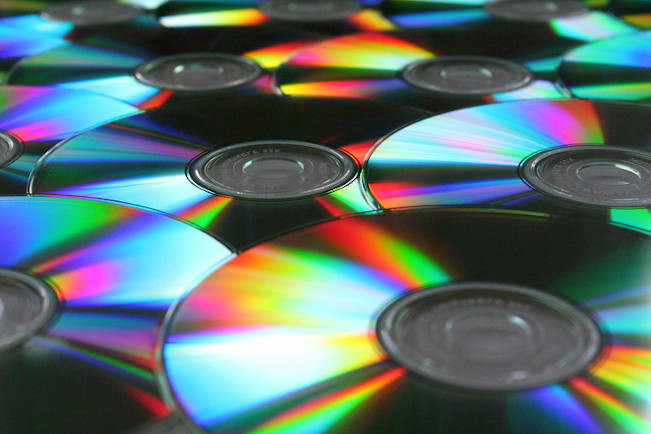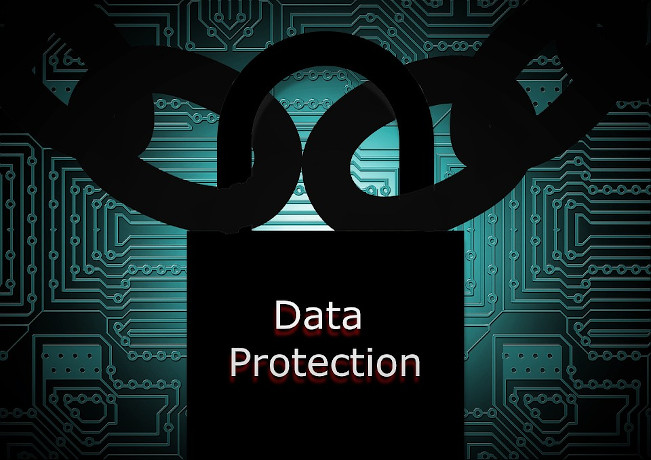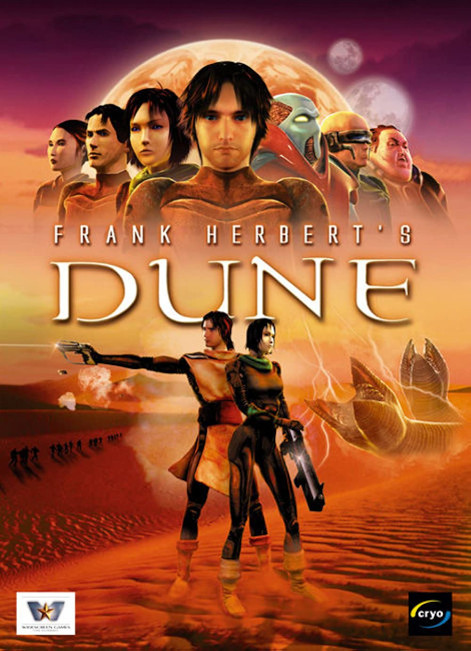To state an obvious truth, digital media has completely changed the way audiences purchase and consume content. Film, television, music and games can be compactly stored and streamed anywhere in the world without the need for a physical storage device. While many of us are content to pay our monthly tithe to Netflix or Hulu for access to their media libraries, the digital transition poses a question to those who would like to “own” their content. The main question being: Do you really “own” digitally stored content?
It’s easy to understand how someone owns a book or a Blu-Ray Disc, but when it comes to a digital file, just because it’s stored on your hard drive doesn’t mean you have unrestricted access to it. Digital Rights Management or DRM is the blanket term for the technologies developed and used as anti-piracy measures in digital media.
The methods for DRM protection vary, but the general principle is to combat consumers from sharing files they have stored on their computer. Disney wouldn’t be very happy if people could buy Spider-Man: No Way Home, download it to their device, and then send it to all their friends, without paying that $20 fee.
While it is understandable that companies and artists want to protect their creations, these sorts of protections do restrict access to content consumers purchase in a way that traditional physical media would not.
There is no computer program trying to verify that the physical copy of Dune I have sitting on my bookshelf is a legitimately sold and manufactured product. However, that might be the case if I tried to open an ebook copy of it placed on my desktop.

While some methods of DRM allow users to download and store files on their hard drive to be accessed any time, other methods require devices that intend to access DRM-protected content to be connected to the internet.
The best example of this comes from PC gaming. The largest digital game retailer on PC is Steam. Steam sells digital games and manages DRM for videogame publishers. The simple explanation of this process is that your local device crosschecks Steam’s servers to verify that your account actually owns the game it is trying to run.
Even though a person locally owns and has a piece of software downloaded and installed to their hard drive, that storage space is useless without an internet connection to verify it is legitimate.
This greatly restricts the use of the media you allegedly “own.” Playing games or using software that use this sort of DRM protection is no longer possible on laptops in places without connection, such as airplanes.

While the Kindle ebook on my computer (which uses a form of DRM that does not require internet access) may still be readable offline, digital copies like this often restrict users to proprietary software.
I can only read a Kindle ebook through the Kindle app, even if the book I’m reading could easily be put into a file type that can be read by other programs. While this might not seem like a major issue, software and technology is ever-changing.
The software, webpages, and companies that are here today may not be here forever. What happens to the digital files I “own” when that happens? If items consumers own are locked behind proprietary software, that may or may not be supported in the distant future. Are we really doing any more than renting this content for the foreseeable future?
People who want to own content and media may fall back on physical media as a means of maintaining true “ownership” of said media.
However, even your use and ownership of physical media is restricted by DRM. Most Blu-Ray Discs you buy carry a form of protection to prevent people from copying the discs to their computers.

Being able to copy a disc to a digital format is a great reassurance for media lovers. Even if their physical media gets lost, or damaged, they will always have a backup of the content. However, these copy protections make that a lot harder to do.
However, DRM and copy protection still do not prevent piracy. Right now, I and anyone else with a search engine could go to one of the many dens of ill repute on the internet and download any number of games, movies, TV shows, and albums.
DRM protections are at best a deterrent. Those who truly want to get content for free can do so fairly simply and with minimal risk of legal repercussions. DRM does more to hinder the freedoms and accessibility to content consumers “own” than it does to protect intellectual property.
What DRM really prevents is people casually sharing content they have purchased, the less motivated or tech-savvy consumer sending a file to a friend. However, the exact impact casual sharing or even piracy has on media publishers is unclear. It hasn’t been, and is, difficult to track.
Publishers tend to argue that the vulnerabilities of consumers being able to share content can impact how many people will actually end up buying their product. If a friend can shoot them over the file, why bother? By the same token, if a quick Google search enables me to find the same content, is it really filtering out that many additional people from accessing it?

The big question is whether more people will have files casually shared to them versus people who will seek out content on pirate websites. These types of questions are why DRM remains a large topic of debate. An interesting article by Mike Shatzkin, as well as a research paper examining DRM from its technical side, highlight this debate.
There are some storefronts that sell DRM-free content, one of the largest names being Good Old Games (GOG.com). GOG specializes in selling videogames, as per its name, older games, without DRM protections. Unlike most DRM-free retailers, GOG also has a significant selection of newer, in-demand titles from popular game publishers.
However, there are no major equivalent storefronts for video, ebook, and audio content. You simply won’t find DRM-free copies of major motion pictures, albums from popular bands, or books from famous authors.
Retailers and websites that offer DRM-free content do exist; the Internet Archive has massive libraries of public domain and publicly accessible content that is free to download, but none contains much of the newer content people are looking to access.
Unless retailers decide to start selling content without DRM protections, consumers who truly want to “own” a particular media will be stuck collecting and maintaining their disc collections. With the popularity of streaming and digital media as a medium for content, maybe even the physical product won’t be much to rely on. After all, when’s the last time you walked into a store and saw a CD?
Given the rate of technological advancements, there is reasonable concern about the longevity of digital content. While digital files don’t degrade and for all intents and purposes last forever, the software and hardware they run on is constantly being updated and changed. DRM stands in the way as one additional obstacle in the management and curation of our digital libraries.
Author Bio:
Garrett Hartman is a contributing writer at Highbrow Magazine.
For Highbrow Magazine
Image Sources:
–ToobyDoo (Creative Commons)
–goXunu Reviews (Flickr, Creative Commons)
–MLange B (Flickr, Creative Commons)
–Kalhh (Pixabay, Creative Commons)
Techyrack Website stock market day trading and youtube monetization and adsense Approval
Adsense Arbitrage website traffic Get Adsense Approval Google Adsense Earnings Traffic Arbitrage YouTube Monetization YouTube Monetization, Watchtime and Subscribers Ready Monetized Autoblog
from Kindle Publishing – My Blog https://ift.tt/FQO8JlN
via IFTTT


No comments:
Post a Comment